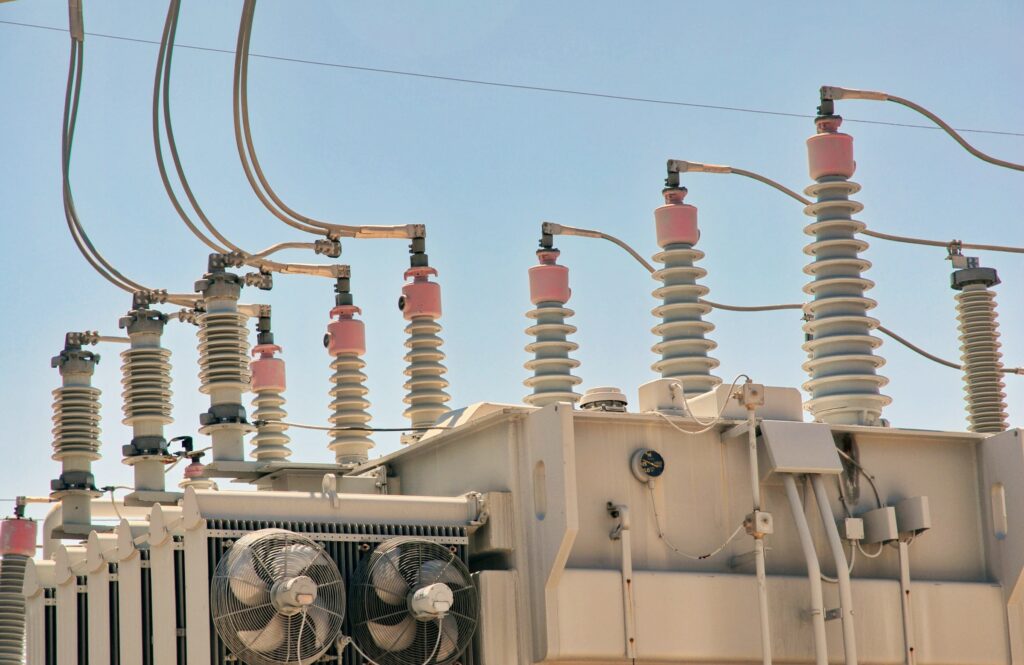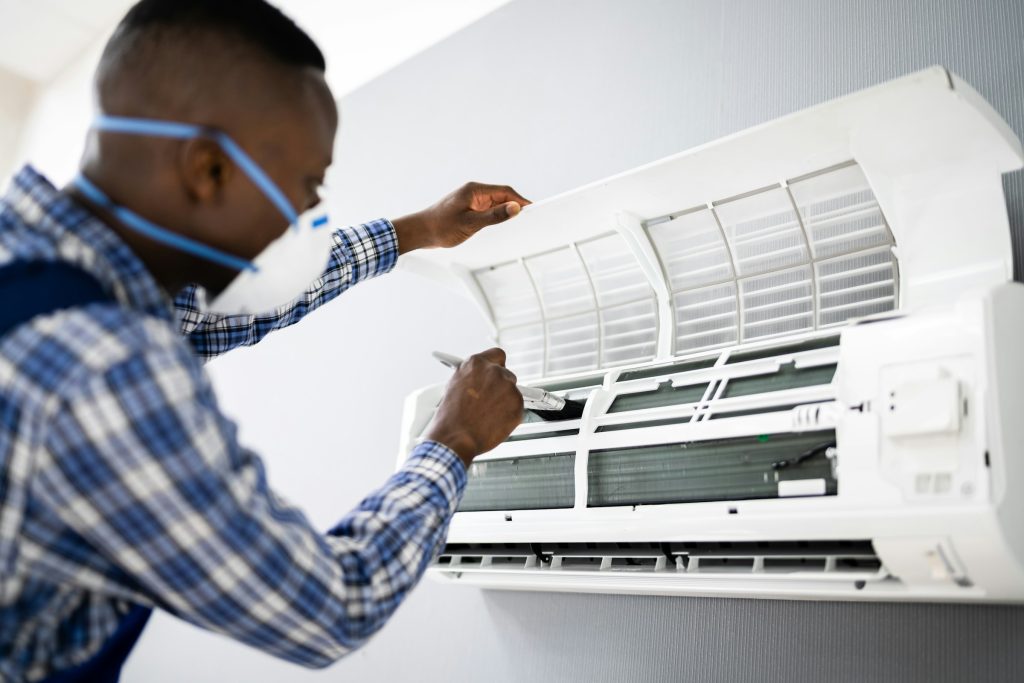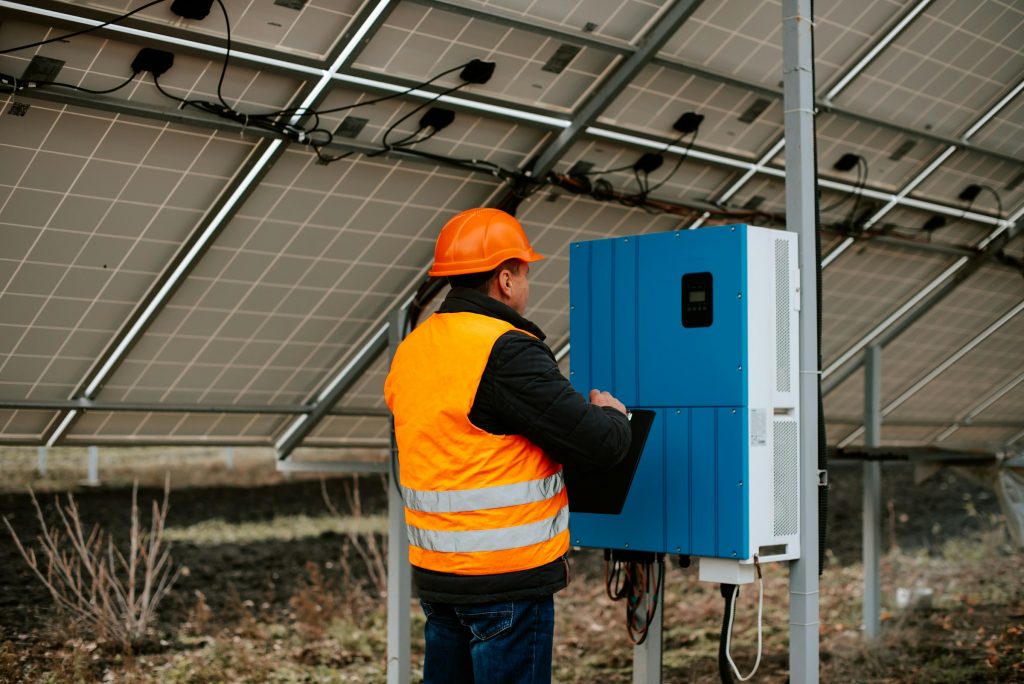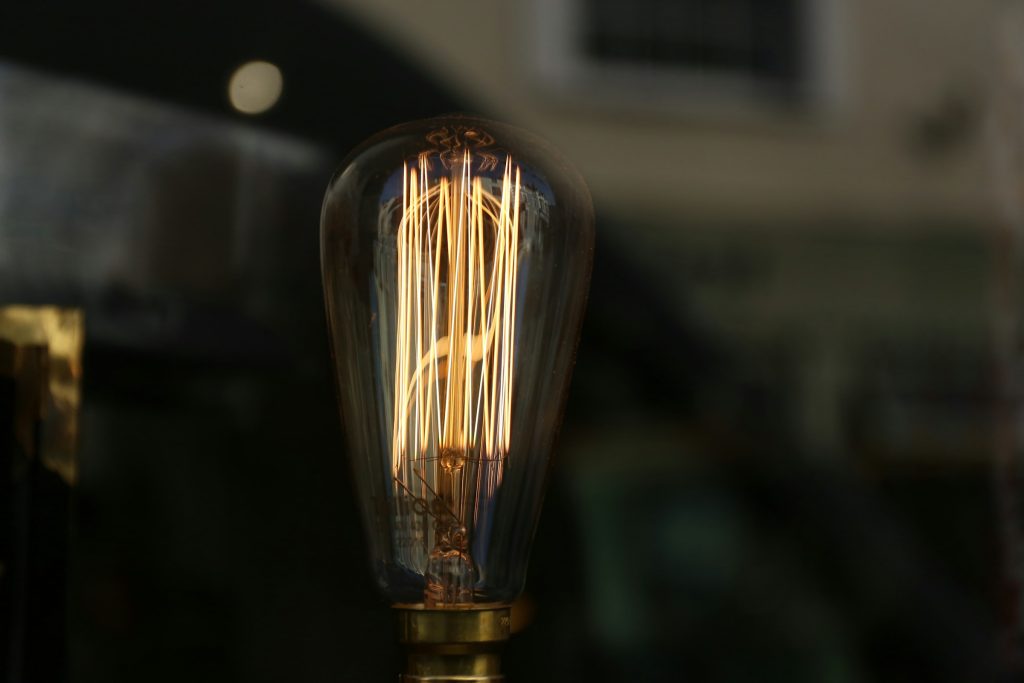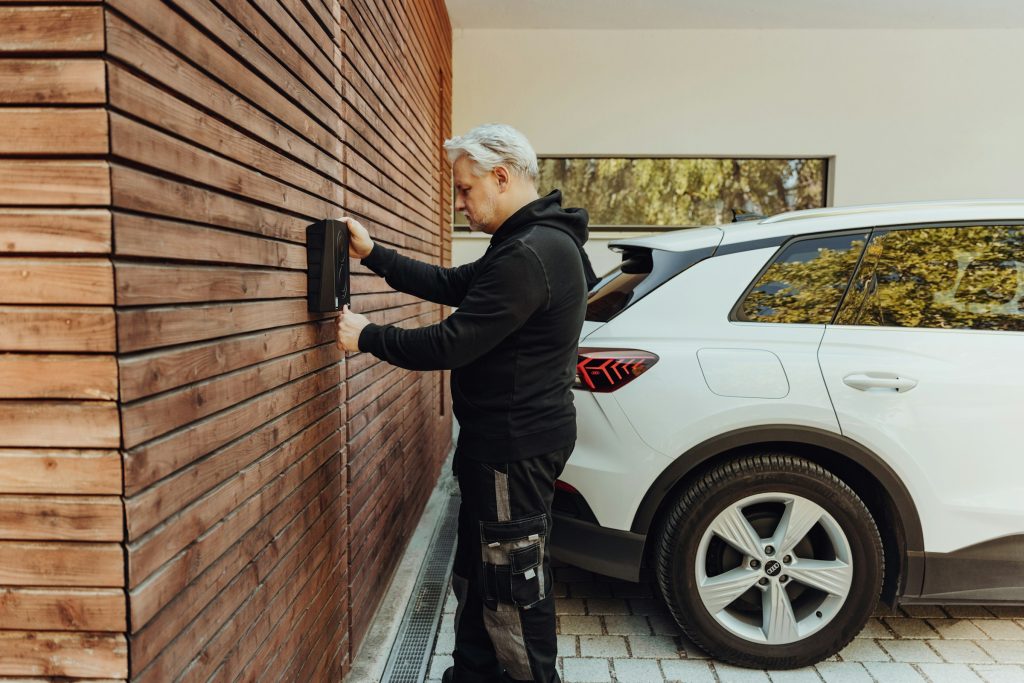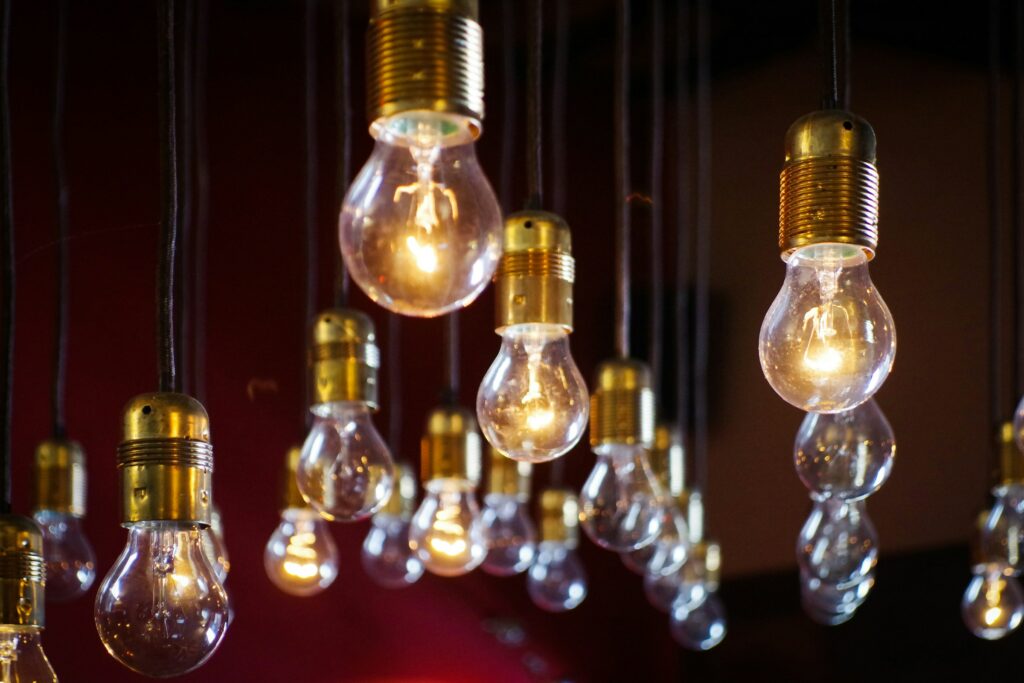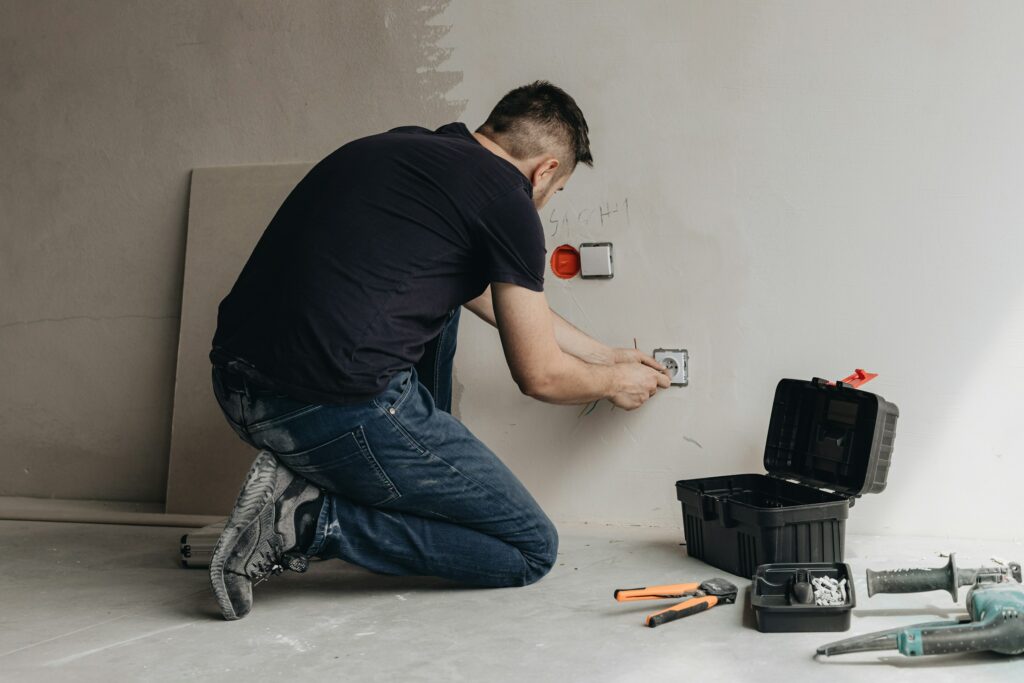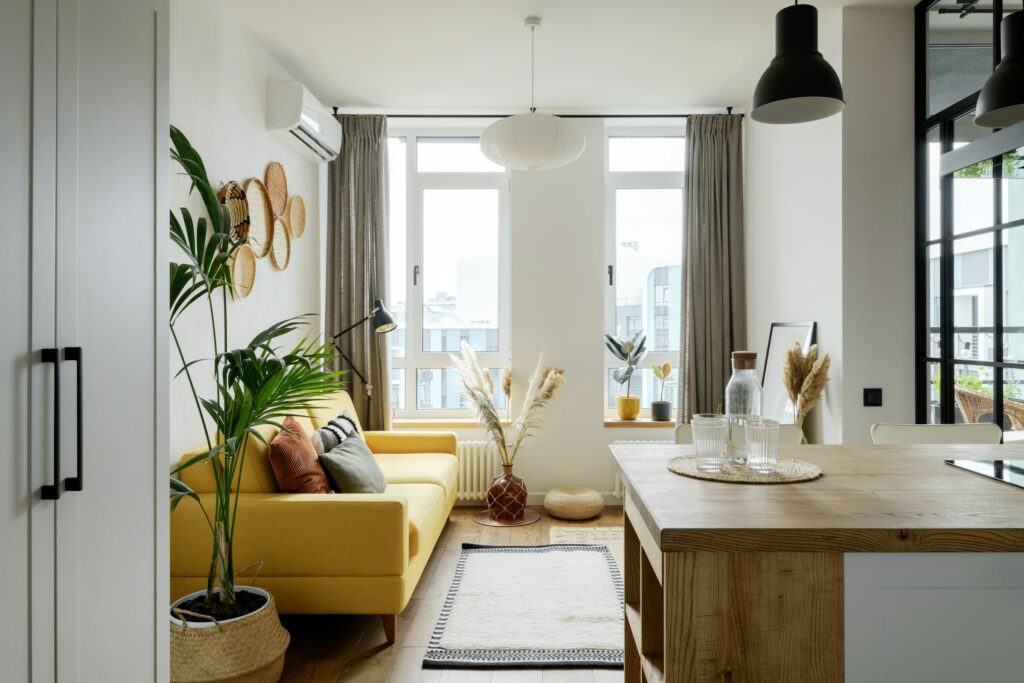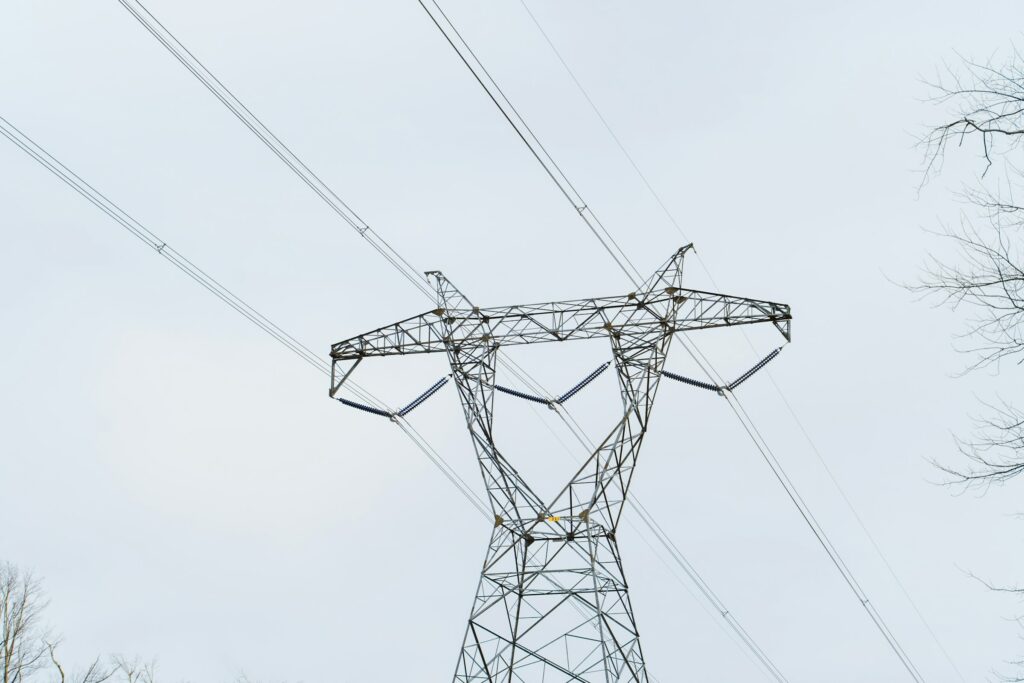Understanding the Basics
Before diving into the nitty-gritty, let’s familiarise ourselves with some basics. The Electrical Grid is a network of power stations, cables, and other equipment that work together to generate, transmit, and distribute power to homes and businesses. The system gets electricity from the power plant to your plug socket.
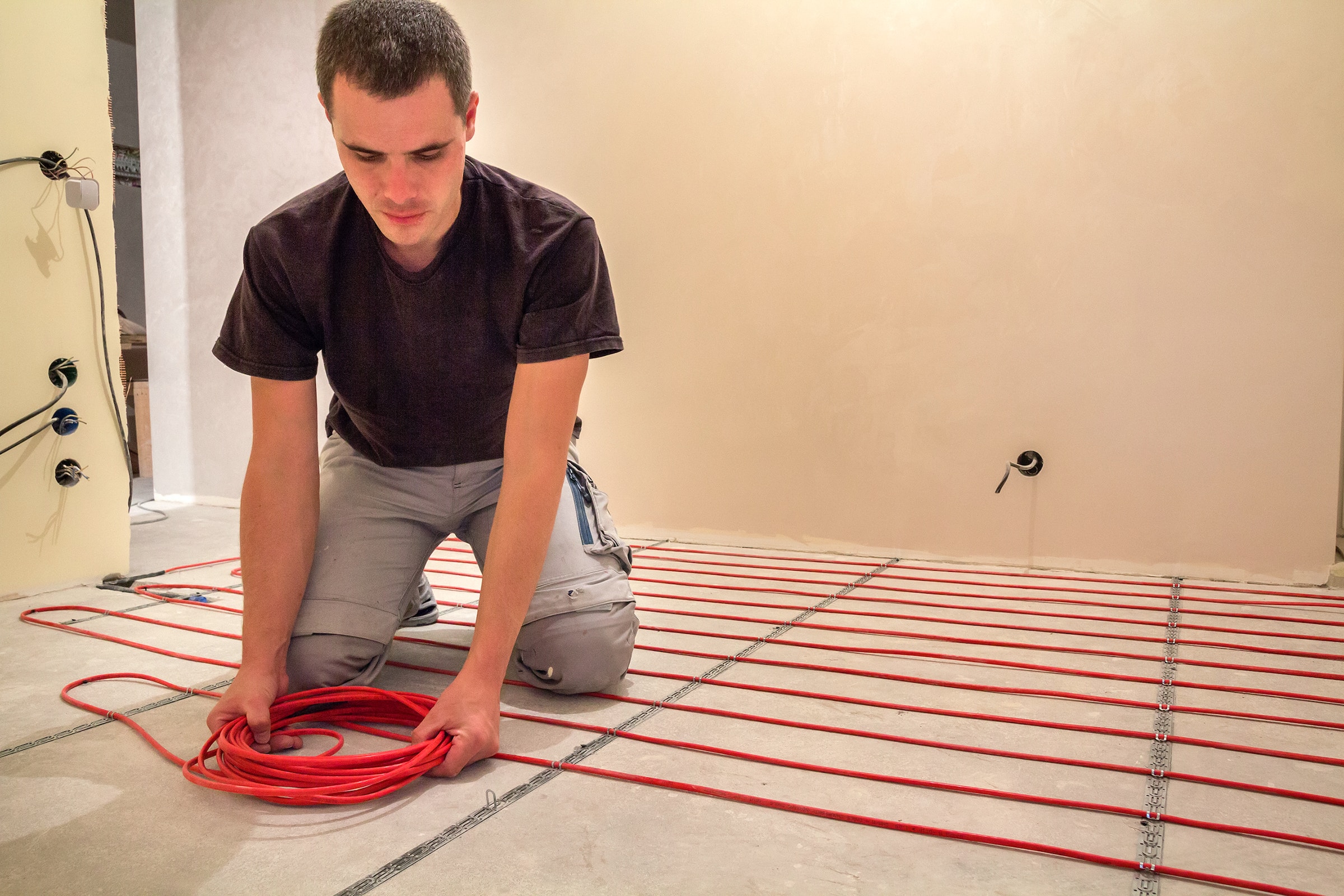
Going Through the Components
The grid comprises several key pieces.
- Power Stations: These are the plants where electricity is generated. Sources like coal, natural gas, wind, or sunlight create electricity.
- Transmission Lines: These are the high-voltage cables carrying power from the generating stations across long distances. You see them as tall, metal-tower lines stretching across fields.
- Distribution Lines: Lower voltage lines that take electricity from substations to homes and businesses. These are the lines you find on wooden poles along streets.
How the Electrical Grid Works: Unravelling the Magic
Now that we know the basics, here’s how the whole system works, with a practical example. Imagine an orchestra. Just as every musician plays their part in perfect harmony to produce beautiful music, so does each Electrical Grid component. The power stations produce the electricity (similar to how musicians create the music), the transmission lines carry this electricity across long distances (like amplifiers which take the sound to the audience), and the distribution lines deliver it straight to your homes (just as speakers transmit sound to nearby listeners).
Supporting the Shift to a More Sustainable and Resilient Grid:
Individual consumers play an important role in shaping the future of the electrical grid. Some ways you can contribute:
- Opt for green energy plans if available – these plans support the production of electricity from renewable sources.
- If it’s feasible, consider installing solar panels or other renewable energy generators at your home.
- Be an energy-conscious consumer and reduce waste by turning off appliances when they’re not in use.
- Use energy-efficient appliances and light bulbs, which use less electricity for the same output.
- Provide feedback to your local electricity provider or regulator to express your interest in and support for renewable energy initiatives.
The Grid’s Significance: Taking Nothing for Granted
When you flick a switch, a light comes on, which we take for granted. But behind this simple act is the vast, complex network of the Electrical Grid, working round the clock to keep our lives running smoothly. From lighting up our homes to powering the machinery in factories, the Electrical Grid is the invisible lifeline of our modern world.
Frequently Asked Questions:
What is the primary role of power stations in the electrical grid?
Power stations, sometimes also referred to as power plants, are the initial source of electricity in the grid system. They use various sources like coal, natural gas, wind, solar power, and more to generate electricity. This energy is essentially converted from these primary sources into electrical energy, which can then be transmitted and distributed to homes, businesses, and industries to power various electrical devices and machinery.
How does electricity travel from power stations to our homes?
Electricity travels from power stations to our homes or businesses through an intricate network of transmission and distribution lines. First, the power produced at the power stations is pushed onto high-voltage transmission lines. Usually set up on tall, metal towers, these lines carry the electricity across long distances, often across regional and state lines.
After reaching a suitable location, the electric power is then stepped down to lower voltage levels suitable for local distribution via substations. From here, it is sent through distribution lines, most often seen on wooden poles in residential streets, to get the electricity right to your doorstep.
Futuristic Overview: The Grid of Tomorrow
The Electrical Grid will play a pivotal role in our sustainable future. Our grid must adapt to the increasing shift towards renewable energy sources like solar and wind. We’ll see more decentralized systems, with homes generating their own electricity through solar panels and feeding surplus power back into the grid.
Our journey through the Electrical Grid hopefully helps shed some light on this incredibly important yet often overlooked part of our daily lives. As we switch towards more sustainable energy sources, understanding how our power system operates is vital for appreciating the challenges and solutions of the grid’s future.
The next time you flick on a switch, you’ll have a new-found respect for that simple light bulb.
